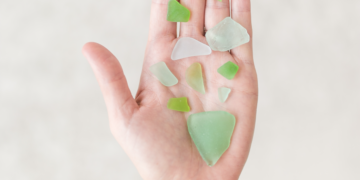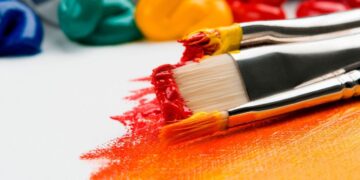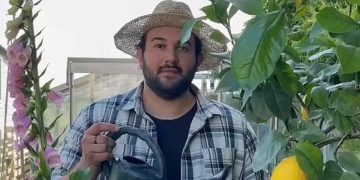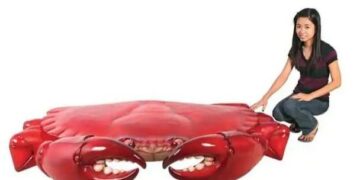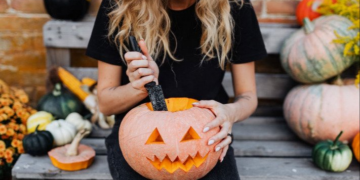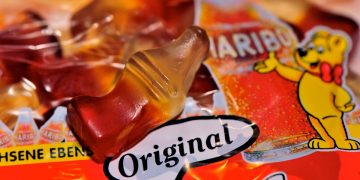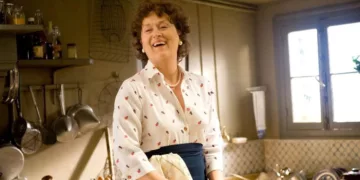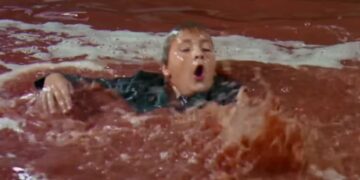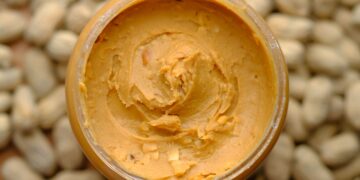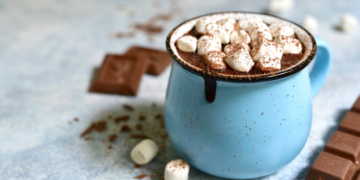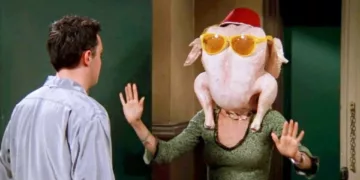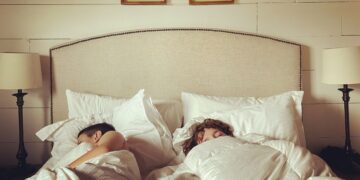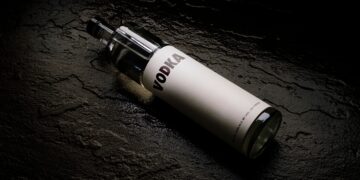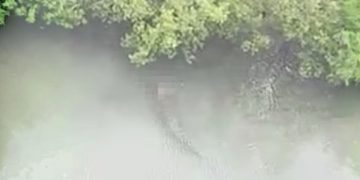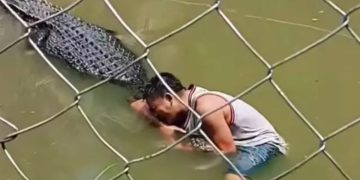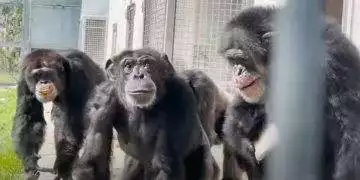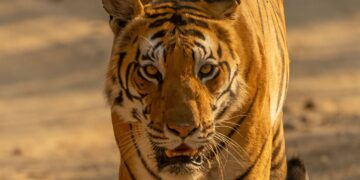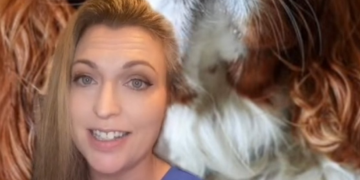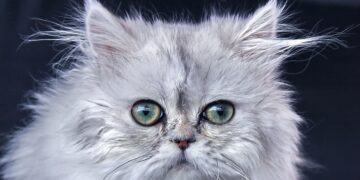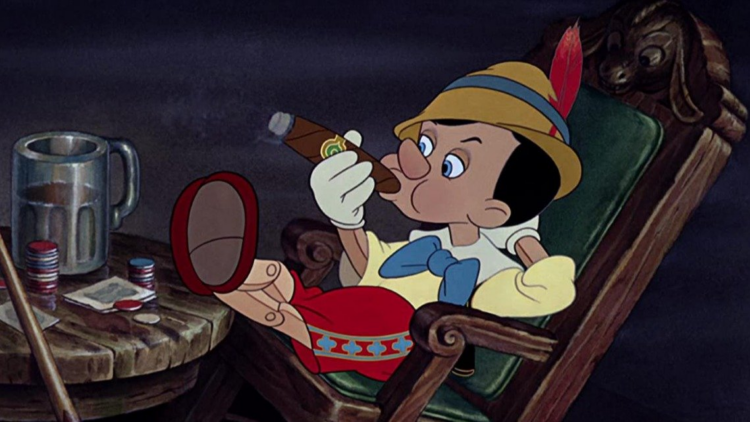When you sit down to watch a traditional Disney movie , you’re usually expecting to see a movie that’s appropriate for kids, something with a happy ending . Sure, things occasionally get dark , but Disney generally takes care to keep the dark stuff out of their movies.
In fact, there’s a slew of dark details that we could have seen in Disney movies if they hadn’t been taken out.
‘Aladdin’: he was a straight-up murderer.

Was Aladdin a wisecracking thief with a heart of gold or a murderer? Well, if you read the Arabian Nights original , Aladdin poisons the sorcerer after he tries to move the kingdom to Africa.
‘Beauty and the Beast’: Belle’s sisters get done dirty.

Belle’s sisters didn’t make it into the movie version of Beauty and the Beast , and maybe it’s a good thing. The original had Beast getting mad at her sisters and turning them both into statues.
‘Bambi’: Bambi finds a dead body.

As if poor Bambi wasn’t already traumatized enough from having his mom get shot and killed, the original draft also had him stumbling across the charred corpse of the hunter who killed her after a forest fire.
‘Who Framed Roger Rabbit’: it was even more sexualized.

Everyone remembers the vampy Jessica Rabbit from Who Framed Roger Rabbit , but in reality, Disney toned the character down. The original direction for the character featured lingering scenes of her breasts along with showing her nude from the back.
‘Hercules’: he murders his family.

Hercules is the hero of the Disney film, so it actually makes a lot of sense that Disney left out the scene showing his origin story : the part where he murdered all of his children.
‘The Jungle Book’: Mowgli goes beast mode.

Rudyard Kipling’s The Jungle Book had a different take on Mowgli than the Disney version. For starters, Kipling has Mowgli getting brutal revenge on the villagers who cast him out by ordering his animal friends to destroy their village.
‘Mulan’: she actually killed herself.

The Ballad of Mulan , the play that Mulan is based off of, puts Mulan in a difficult situation: she’s ordered to join a harem. Because she obviously doesn’t want to do this, she kills herself instead .
‘The Princess and the Frog’: the princess tries to murder the frog.

In the original version, the frog prince is transformed into a prince by something that should have killed him. After retrieving the lost ball and making his move on the princess, she throws him hard against a wall, which turns him into a human.
‘Pinocchio’: things got really dark after he was turned into a donkey.

It was already a pretty messed up scene when Pinocchio was turned into a donkey, but Carlos Collodi wrote the original to be way darker, as donkey-Pinocchio is literally thrown into the sea and left for dead .
‘Toy Story’: Woody wasn’t cool.

Thanks in part to Tom Hanks’ voice acting, the Woody character in the Toy Story franchise is generally a good guy. But early drafts portrayed him quite differently: as a sarcastic, abrasive jerk who rules the toys with an iron fist.
‘Pocahontas’: she was really young.

Pocahontas is the rare Disney tale that’s based on fact, not a fairytale. Those facts make the whole thing feel a bit icky, because in reality, Pocahontas was just ten years old when she met John Smith.
‘Rapunzel’: eyes were lost.

The prince in Rapunzel has what it takes to rescue her from her tower. But because it’s based on a Brothers Grimm fairytale, you just know the original was super dark : the prince, clumsy oaf that he is, fell on some thorns and went blind. He did wind up with Rapunzel though.
‘Up’: the villain almost went insane.

Up is one of the more heartwarming movies in the Disney catalogue, and it owes at least some of the feel-good vibes to cutting a certain scene. The original pitch for the film featured the villain, Muntz, endlessly wandering a maze until he went insane and died.
‘Tarzan’: Jane marries the villain.

Tarzan has a typical ending, with our hero getting the girl. Edgar Rice Burroughs, the author of the original, saw things a little bit differently. In his novel, Tarzan not only doesn’t get the girl, but she runs off with Clayton — the villain of the whole thing.
‘Peter Pan’: Peter murders people.

There are some nice ideas in Disney’s version of Peter Pan . They had to make things nice, because the original is pretty dark. J.M. Barrie wrote that some of the Lost Boys grow up — and when they do, Peter (our hero, remember) straight-up murders them .
‘Sleeping Beauty’: a lot of princes died.

We all know that the beauty of Sleeping Beauty was tough to reach. In the fairytale version, this was shown in a graphic way, as a full century’s worth of princes came and went, trying to rescue her, only to get stuck in the thorns and die horribly.
‘The Hunchback of Notre Dame’: Quasimodo is into necrophilia.

I’m a little foggy on how The Hunchback of Notre Dame went, but I’m assuming that the lovable hunchback got some kind of happy ending. Victor Hugo originally wrote it so Quasimodo literally climbs into Esmerelda’s grave to snuggle up to her body, where he eventually dies of starvation.
‘Mary Poppins’: a spoonful of spite.

We all know Mary Poppins as a delightful nanny thanks to the Disney film, but P.L. Travers, author of the original story, portrayed Mary as a humorless, mean nanny who wasn’t nice to the kids in her charge.
‘Cinderella’: someone lost a toe.

Everyone knows the story of Cinderella : she’s the only one who can fit in the glass slipper, even though her stepsisters try their darndest. In the Brothers Grimm original, Cinderella’s wicked stepsisters want to fit into that slipper so badly that one of them cuts off her own toes .
‘The Little Mermaid’: Ariel had a tough go of it.

The Little Mermaid is an all-time classic, one with a satisfying ending in which Ariel gets what she wants and triumphs over the evil witch Ursula. But the original ending, as penned by Hans Christian Andersen, has a much darker ending — one in which the mermaid is banished to land and forced to do servitude.




